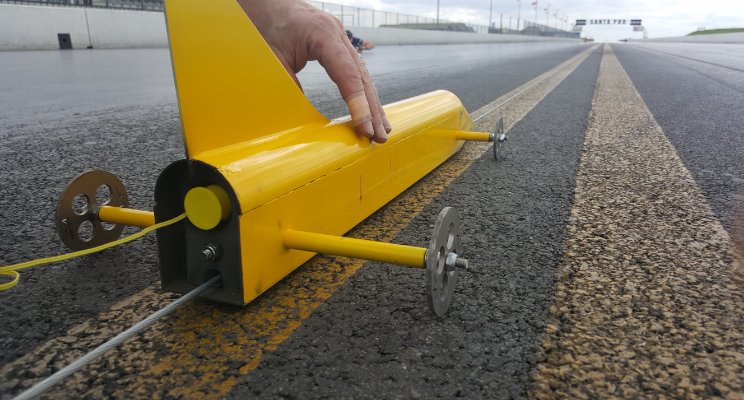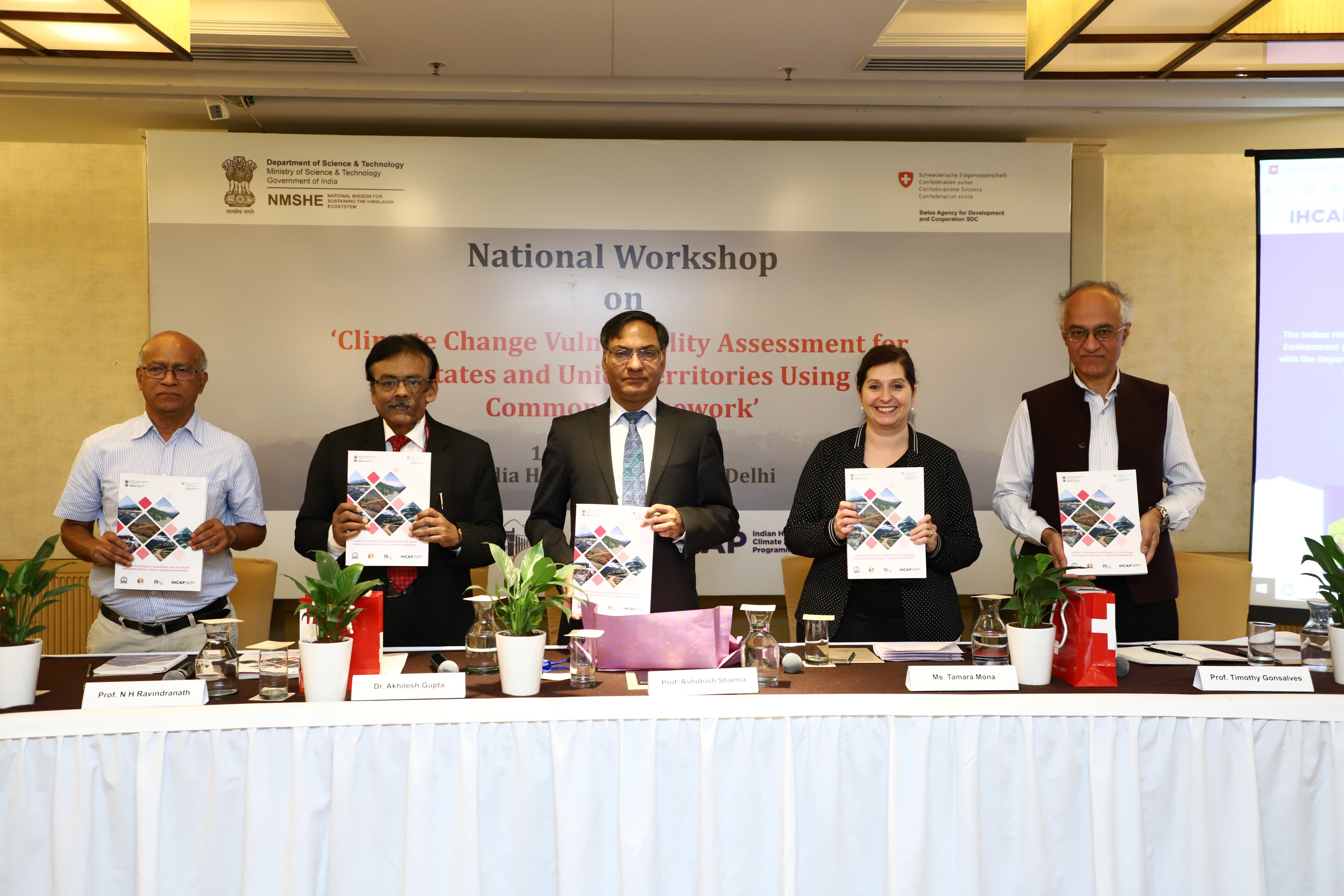
SP Load Cell Helps School STEM Club Attempt to Break Sound Barrier
- News
- 1.8K
Straightpoint (SP) has donated a 5t capacity Radiolink plus wireless load cell, which is being used as a key component in a Nottinghamshire, UK school STEM club’s outlandish, but entirely plausible, attempt to send a rocket car through the sound barrier next year.
The science, technology, engineering, and mathematics group at The Joseph Whitaker School meet for three hours every night. And the dedication to extracurricular studies is paying off. Sending a car hurtling along a wire rope, it already has a Guinness World Record—set at 533.1mph—but has realistic ambitions to smash the sound barrier, which is approximately 765mph, in 2018.
The young engineers rig a 5t electric winch to a 3t Land Rover that is, in turn, rigged to the load cell and onto the main cable where the rocket motor in the car is launched; the cable runs 700m to the school minibus. The team also employs SP’s wireless data logging software on a laptop for dynamic force measurement. This allows them to log data at 200Hz from the Radiolink, providing a clear picture of the current stress in the guide cable and any stresses on the cable during launch.
Phil Worsley, teacher of technology at The Joseph Whitaker School, said: “We started off with 1.5mm steel guide cables and the rocket cars would ‘waggle’ along the loose cable. We then employed winches, starting with hand units and then up to 1t electric models. Once we were able to measure the force in the cable, thanks to Straightpoint, we could then launch on a known value—and reproduce it with confidence.”
He added: “The cable tension has always been a grey area and the only evidence of the rocket car going awry, is the ‘pig-tailing’ we find after the event. The load cell allows us to measure tensions and stay within the safe working load limits of the wire rope while optimising conditions for the rocket car in our record attempt. We treat safety as our number one focus and the load cell is integral to that.”
In the limelight
Straightpoint is not the only company to take note of the impressive track record of Worsley’s ‘after-school club’. Santa Pod Raceway is looking into an alternative for the guide wire tensioning points, while Rolls-Royce is providing materials science education and access to titanium for wheels. Easy Composites, Swansea University, Bloodhound, and the Discovery Channel are others to support, supply and/or cover the ongoing, landmark project.
Worsley said: “Breaking the sound barrier does not constitute a record, but imagine the headline—‘school children break the sound barrier!’ And we’re not stopping there; how much further could we go? Could we emulate the magnificent Bloodhound car, at 1,000mph?”
The sound barrier attempt is slated for summer 2018, where the latest version of the car will likely go faster than it has travelled before. The rocket cars are powered by ammonium perchlorate, a frequently used oxidizer in most modern composite rocket propellant formulations.
Worsley said: “We have so far officially achieved 628mph. This is not the maximum speed that this car can go, as just as the car passed the time trap it abruptly broke up and turned over. We have completely redesigned it to have a lower and longer rear stabiliser with a much stronger chassis design. The cable guide system has also had a huge upgrade; we will be using a 6mm guide cable and loading it with the optimal tension to reduce any whip that might be occurring.”
The first car (Mach 1) was 740mm long, 100mm high and the main chassis was only 60mm in width. The rear wheels were 280mm apart to reduce the possibility of the car overturning. The weight of the car was approximately 1100g without the rocket motor, which weighs 868g, giving a total weight of 1,968g. The second edition (Mach 2 or ‘Big Mac’) is the same length and width but due to the double rocket capacity, is 130mm high. It weighs approximately 1,300g, while the rocket weight will be up to a maximum of 2 x 868g, giving a maximum full load of just over 3kg (3,036g).
Worsley concluded: “We could not be where we are now without this load cell and Straightpoint’s generosity. STEM is difficult to learn from a book. It has to be experienced through some medium that allows students to see, hear and feel something and have ownership of changes that they create. STEM is best understood through discovery learning.”
For more information on this exciting project or the SP range of load cells please contact me dayling@straightpoint.com
This article is written by David Ayling, CEO and owner of Straightpoint



